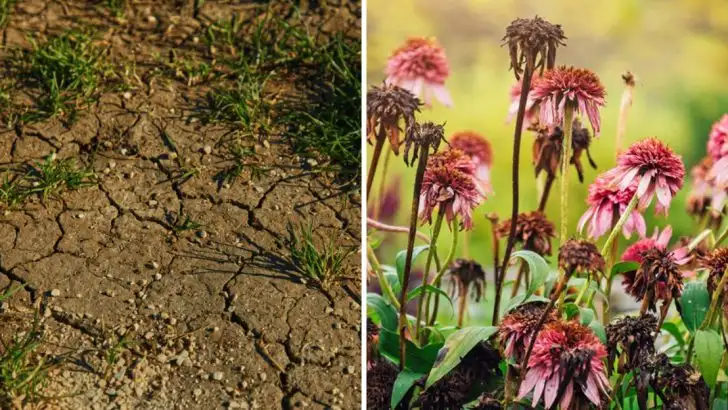It’s one of the most common garden frustrations: everything looks full, fresh, and promising in spring—and then by August, it’s like your plants have vanished. The color fades, the energy drops, and beds that were once buzzing feel half-empty. You didn’t necessarily do anything wrong. Some plants are just wired for the cool, mild days of early growth and bow out once the heat settles in.
A lot of spring favorites are what gardeners call “ephemerals” or cool-season bloomers. They show off early, then go dormant or decline once summer hits its stride. On top of that, longer days and high temps can stress out even the toughest perennials if they’re not matched to your climate. If your garden seems to disappear mid-season, understanding who the spring stars are—and how to balance them with summer performers—can make all the difference.
Soil Nutrient Depletion
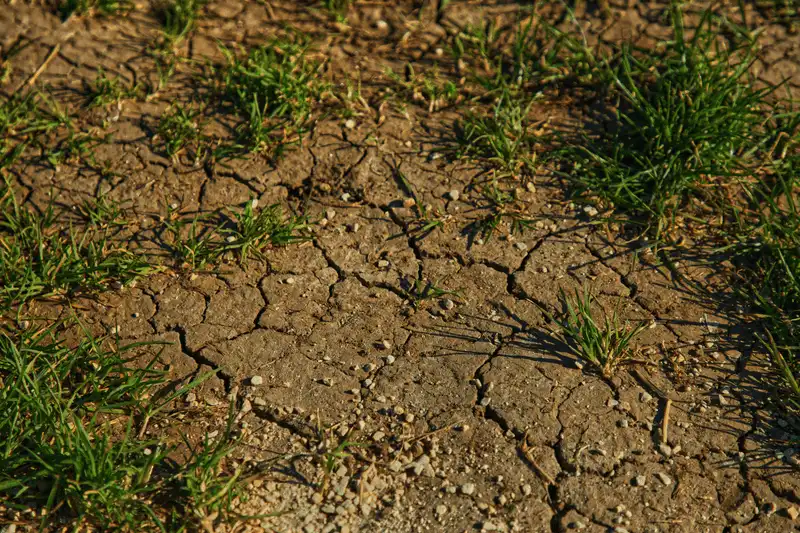
In the spring, plants eagerly soak up nutrients from the soil to fuel their blossoming growth. Yet by August, these nutrients can be significantly depleted.
This lack of nutrients leaves plants weak and more vulnerable to pest attacks or diseases. To maintain plant health, consider regular fertilization.
Did you know? Soil nutrient cycles are more dynamic than you might think. Ironically, the very nutrients that foster spring growth can become scarce, leading to the plant’s demise by summer’s end.
Heat Stress Impact
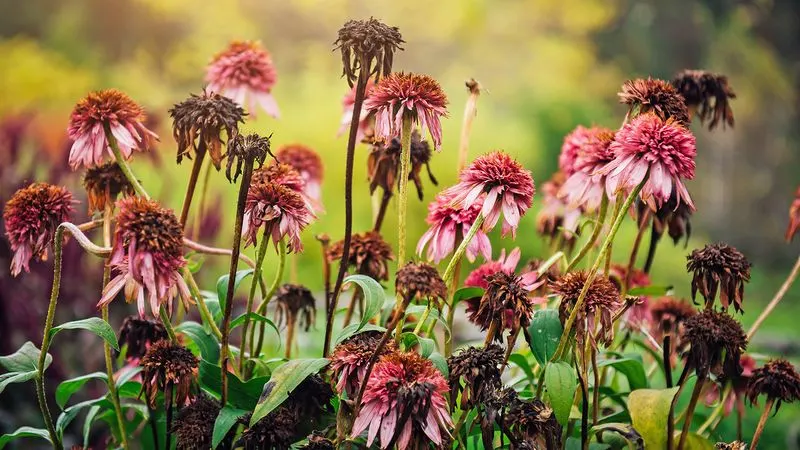
Summer’s intense heat can be unforgiving, causing stress that makes plants look parched. High temperatures accelerate water loss through evaporation and transpiration.
As plants strive to survive, they may wilt or shed leaves as a defense mechanism. Some plants are more heat-tolerant, but many need extra care.
A quirky fact: Certain plants have evolved with unique adaptations to handle heat stress, like closing their stomata during the hottest parts of the day to conserve water.
Pest Infestation
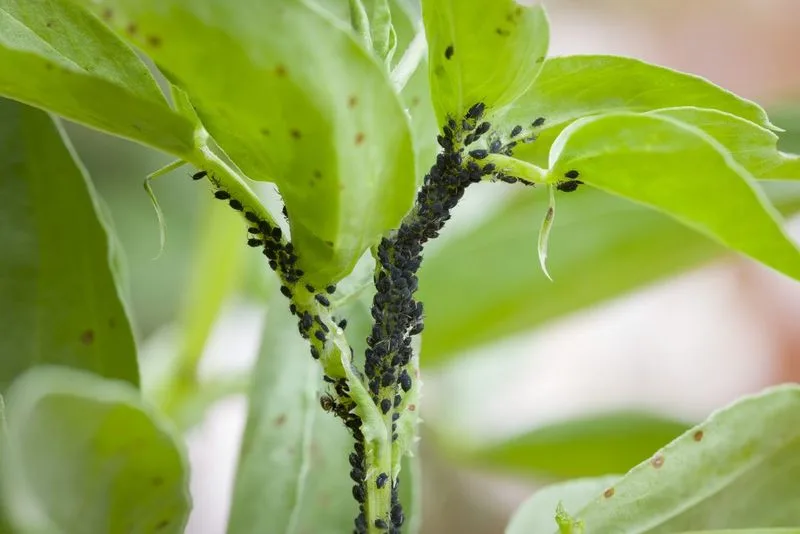
Spring brings not only blooms but also a burgeoning insect population, eager to feast. By August, pests can cause significant damage, sapping plant vitality.
Infestations often peak in summer, weakening plants and causing them to disappear.
Fun fact: Some beneficial insects help control pest populations, acting as the garden’s natural defenders. Composting and rotating crops can also deter pests.
Watering Practices
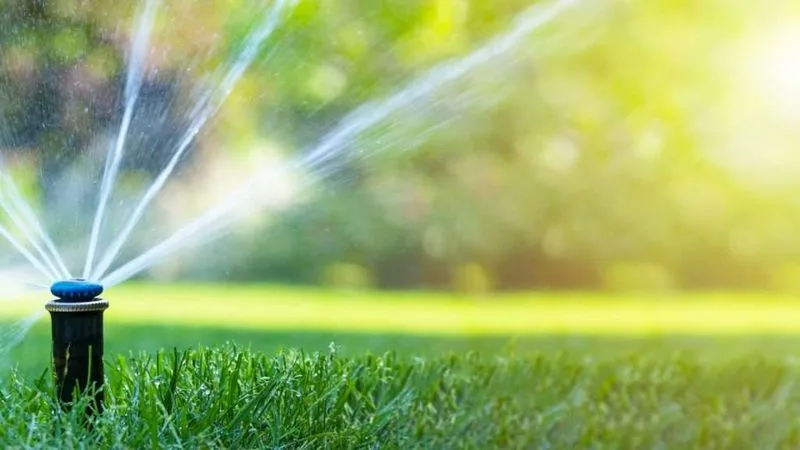
Watering seems simple, but improper practices can spell disaster. Overwatering or underwatering can both lead to plant stress.
Inconsistent watering patterns disrupt plant growth, leading to stunted or drooping foliage.
Did you know? Early morning watering is often recommended, as it mimics natural dew patterns and reduces evaporation loss.
Seasonal Plant Cycle
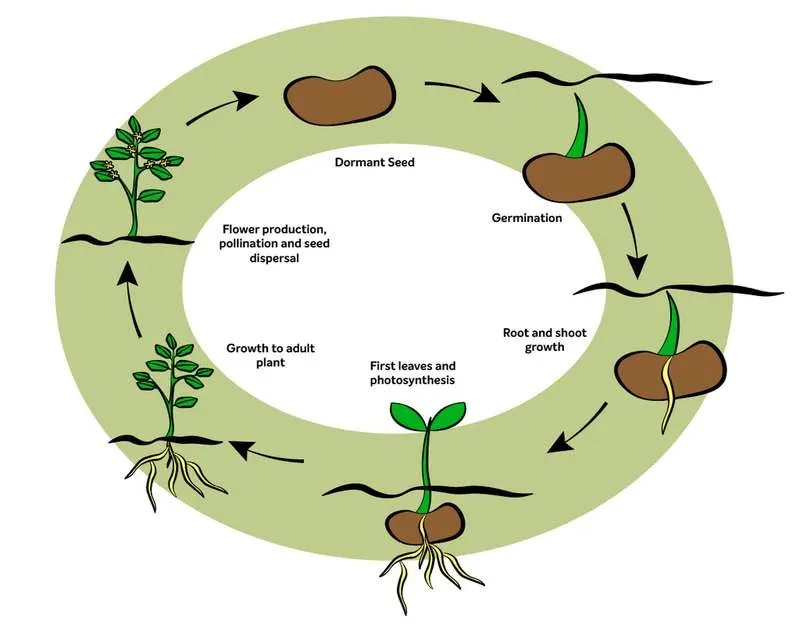
Each plant has its own life cycle, with some thriving in spring while others prefer summer’s warmth. Understanding these cycles is crucial for garden planning.
As some plants naturally die back, they make way for autumn varieties. This seasonal shift is part of nature’s grand design.
Interestingly, embracing this cycle can enhance garden diversity and beauty, allowing gardeners to enjoy blooms from spring to fall.

